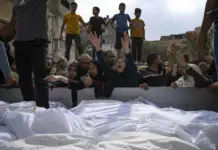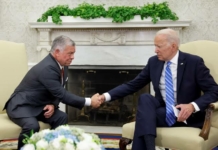India witnessed the second phase of its massive general elections, featuring nearly one billion eligible voters across seven phases from April 19 to June 1, with results awaited on June 4. Prime Minister Narendra Modi, vying for a third term, centered his campaign on economic achievements, welfare measures, national pride, Hindu nationalism, and personal appeal, with surveys predicting a comfortable majority.
Opposition parties, comprising over two dozen alliances, countered Modi’s narrative with promises of greater affirmative action, increased benefits, and challenging what they deemed as autocratic rule under Modi’s leadership.
This phase saw 88 seats contested out of 543 in the lower house, covering 13 states and federal territories, with a 39% voter turnout by the midpoint. Campaigning intensified on communal issues, with Modi accusing the main opposition Congress party of minority favoritism and dilution of affirmative action, while Congress criticized Modi for divisive rhetoric and deflecting focus from critical issues like unemployment and rural distress.
Some voters expressed support for Modi’s Bharatiya Janata Party (BJP), citing concerns about taxpayer money and community-specific benefits, while others voiced unease over the growing sectarian divide in politics.
In this phase, former Congress president Rahul Gandhi faced off against candidates from the Communist Party of India (CPI) and BJP, highlighting concerns about threats to India’s democratic fabric.
Despite previous setbacks, Congress hopes for improved performance in states like Karnataka, although internal challenges persist. Meanwhile, legal petitions regarding the voting process were dismissed by the Supreme Court, ensuring continuity in the election process.







